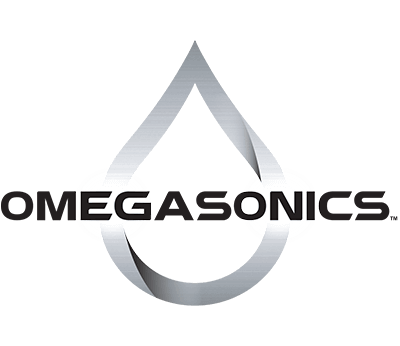If you’re looking for a powerful, simple, industrial cleaner, there is almost no better choice than an ultrasonic cleaner.
However, if you’ve never used these tools before, you might be wondering what exactly makes a cleaner “ultrasonic.”
Ultrasonic waves are used to create what’s known as cavitation bubbles, which are used to get everything in the bath as clean as possible. Cavitation bubbles generated by the ultrasonic cleaner, uses a vibrating diaphragm and electricity.
Learn the basics of ultrasonic cleaning and find out how ultrasonic waves are used in this powerful and easy to use cleaning tool.
Sound Waves
Before you can understand how ultrasonic cleaners work, it’s important that you know a little more about sound waves. Every time you speak, pull a string on a guitar or drop a glass onto the floor you hear a sound. What allows you to hear the sound, however, is a sound wave.
A sound wave is created when the air around an object is disturbed, causing the air to vibrate. Your ears translate these vibrations into signals that your brain can interpret into sound. However, some sounds can happen outside the range of human hearing, which is the principle around which ultrasonic cleaning is designed.
Animals and Ultrasonic Waves
Bats have very poor eyesight. To make up for this deficiency, they have excellent hearing. By emitting sound waves that bounce off objects and back to their ears, bats are able to see without seeing. Although you may have never realized it, bats are using ultrasonic waves.
Think about sounds that you hear. The pitch of the sound is directly related to how quickly the air molecules are vibrating. As they vibrate faster, the sound gets higher in pitch; slower means lower in pitch. Eventually the molecules vibrate so fast or so slow your ears can no longer detect them. This is when a sound becomes ultrasonic and out of the range of human hearing. Ultrasonic cleaners take advantage of these quickly vibrating molecules to clean objects in a water bath.
Water not Air
Ultrasonic waves are typically transmitted through the air. However, instead of using air as a medium for getting the job done, ultrasonic cleaners use water for several important reasons. First, the speed of sound is faster in water than in the air, amplifying the effectiveness of the cleaner. While ultrasonic waves cannot travel as far in water as they do in air, the increased density of water means more energy can be transmitted.
Ultrasonic Vibrations in your Cleaning Tank
Your ears hear sounds somewhere between 20 Hz to 20,000 Hz. Ultrasonic cleaners start their vibrations at around 25,000 Hz and can go as high as 170,000 Hz. That means the ultrasonic waves in your cleaning tank are moving very fast and contain a great deal of energy.
Waves are generated much the same way your speakers in your car work. Electricity is applied to a diaphragm that vibrates. That vibration is an ultrasonic wave that passes into the water and creates cavitation bubbles. The energy of those bubbles collides with the objects in the water, completely cleaning them of tough dirt and grime.
Ultrasonic Cleaners from Omegasonics get the Job Done Right
Are you looking to improve your cleaning quality and get the job done faster? Then why not take advantage of the ultrasonic waves that Omegasonics wide variety of cleaners can generate for you. We have a cleaner that fits any application, big or small.
